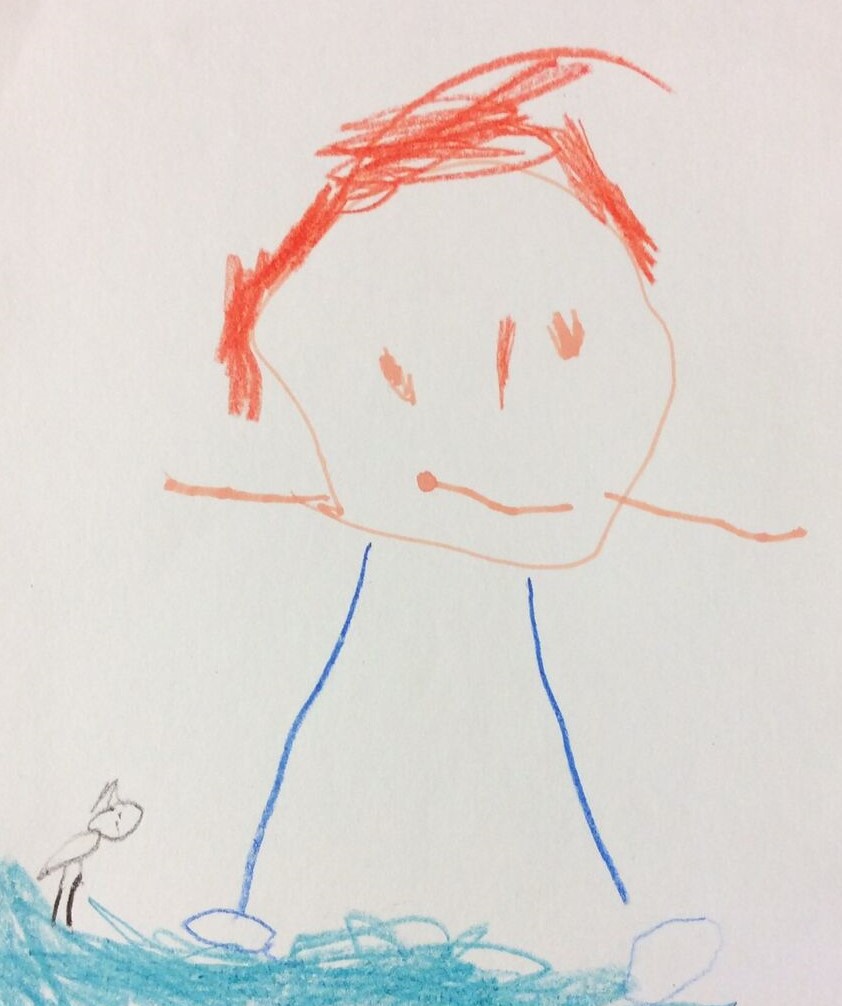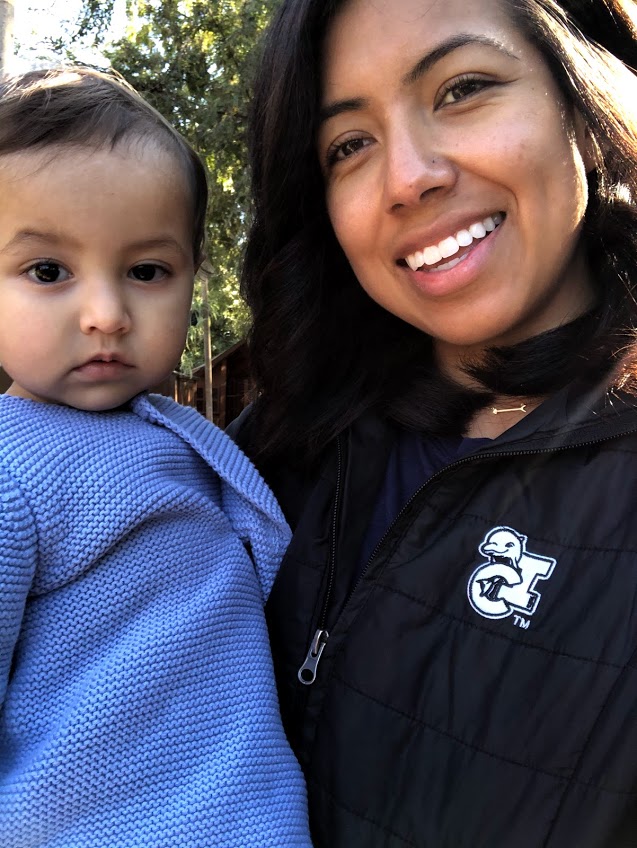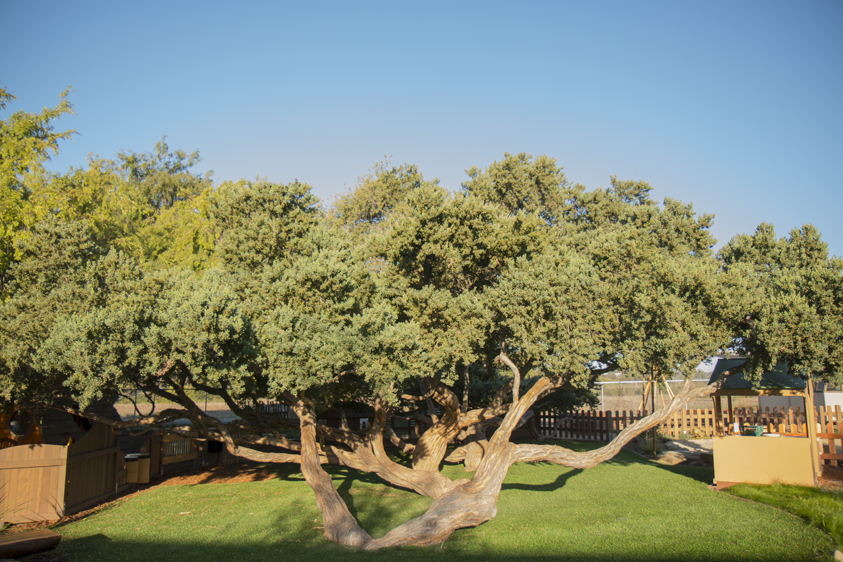We believe that curriculum encompasses experiences and environment: physical space, social interactions, and daily routines and rituals designed and arranged to foster learning and development. We see every child as a whole person, a capable, intelligent, resourceful, experienced, learner. Core to our curriculum is the emphasis of nurturing relationships and play as a primary context for learning. Program curriculum is guided by NAEYC Early Childhood Program Standards and Accreditations Criteria (2018) as well as ECCES Guiding Values.
Additionally, our school is recognized as an "Outdoor Classroom" Demonstration site and we adhere to their quality standards and philosophy www.outdoorclassroomproject.org
Our preschool classrooms use a locally designed, emergent curriculum drawn from the ideas and practices embedded in the California Preschool Curriculum Framework (CA Dept of Education 2010), Developmentally Appropriate Practice in Early Childhood Programs (Copple and Bredekamp, 2009), and Learning Together with Young Children/A Curriculum Framework for Reflective Teachers (Curtis and Carter, 2008). The foundation of our infant/toddler curriculum is embedded in The RIE Manual (Gerber, 1979), The California Infant/Toddler Learning and Development Program Guidelines (CA Dept of Education, 2006), and principles and practices derived from the Program for Infant/Toddler Care (PITC).
Goal

The optimal development of the whole child: social-emotional, language/literacy, cognitive, physical and creative domains.
The Role of the Family
- Families are valued partners sharing information and insight about their child's interests, abilities/skills, strengths, and needs.
- Families and teachers collaborate to create individual learning goals to be incorporated into the environment, materials, experiences, and daily routines.
- Families offer important insights about their values, culture, and experiences to be reflected and nourished in the classroom.
The Role of the Teacher

- Teachers develop supportive relationships with children that foster positive social and emotional development, empathy, problem solving, camaraderie, self regulation, confidence, persistence, resilience, and self esteem. A supplemental social/emotional curriculum, "Second Step," is also provided in the preschool classrooms.
- Teachers respect children's emerging interests and inquiries and develop them into topics of discussion, exploration, and group projects.
- Teachers provide opportunities for children's multiple learning styles in the environment, experiences, and materials.
- Teachers use a range of strategies and tools to support and extend the learning goals based on the objectives outlined in the ECCES/Child's Developmental Progress document.
- Based on the elements of the Portfolio System of Assessment (observations/work samples and the Desired Results Developmental Profile) and family contributions, teachers plan, implement, and individualize for children and the classroom community.
- Teachers incorporate planned health, nutrition, and safety experiences into the child development program.
The Role of the Environment

- The cultures and languages of children and families are reflected b the materials chosen to create a richly diverse environment.
- Both the indoor and outdoor environments are provisioned and planned to provide a variety of opportunities for active learning, creativity, and social interactions.
- The environment conveys the unique personality and values of the children, families, and staff.
- The design and arrangement of the environment evolves in response to the changing interests and growth of the children and to stimulate ongoing development.



